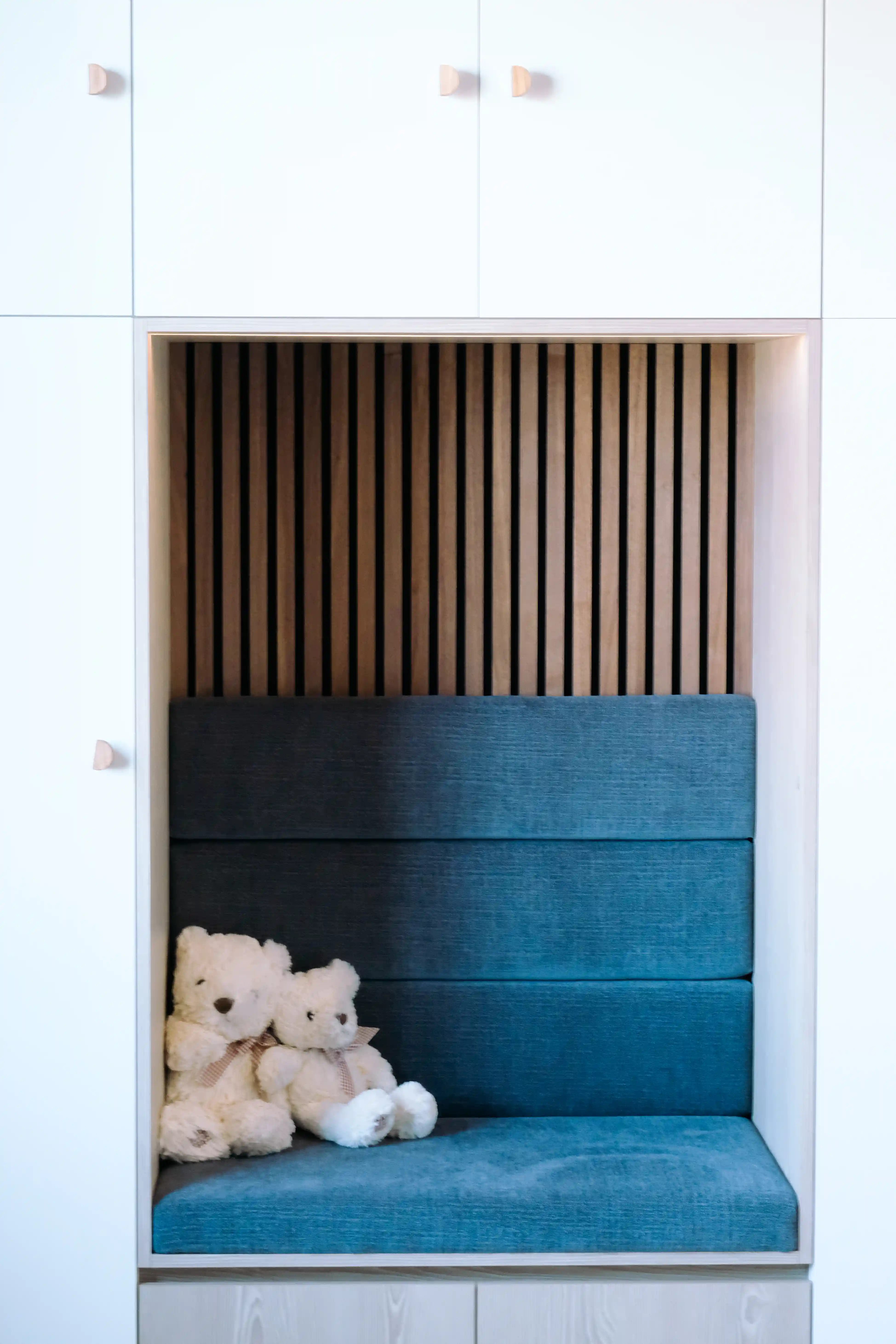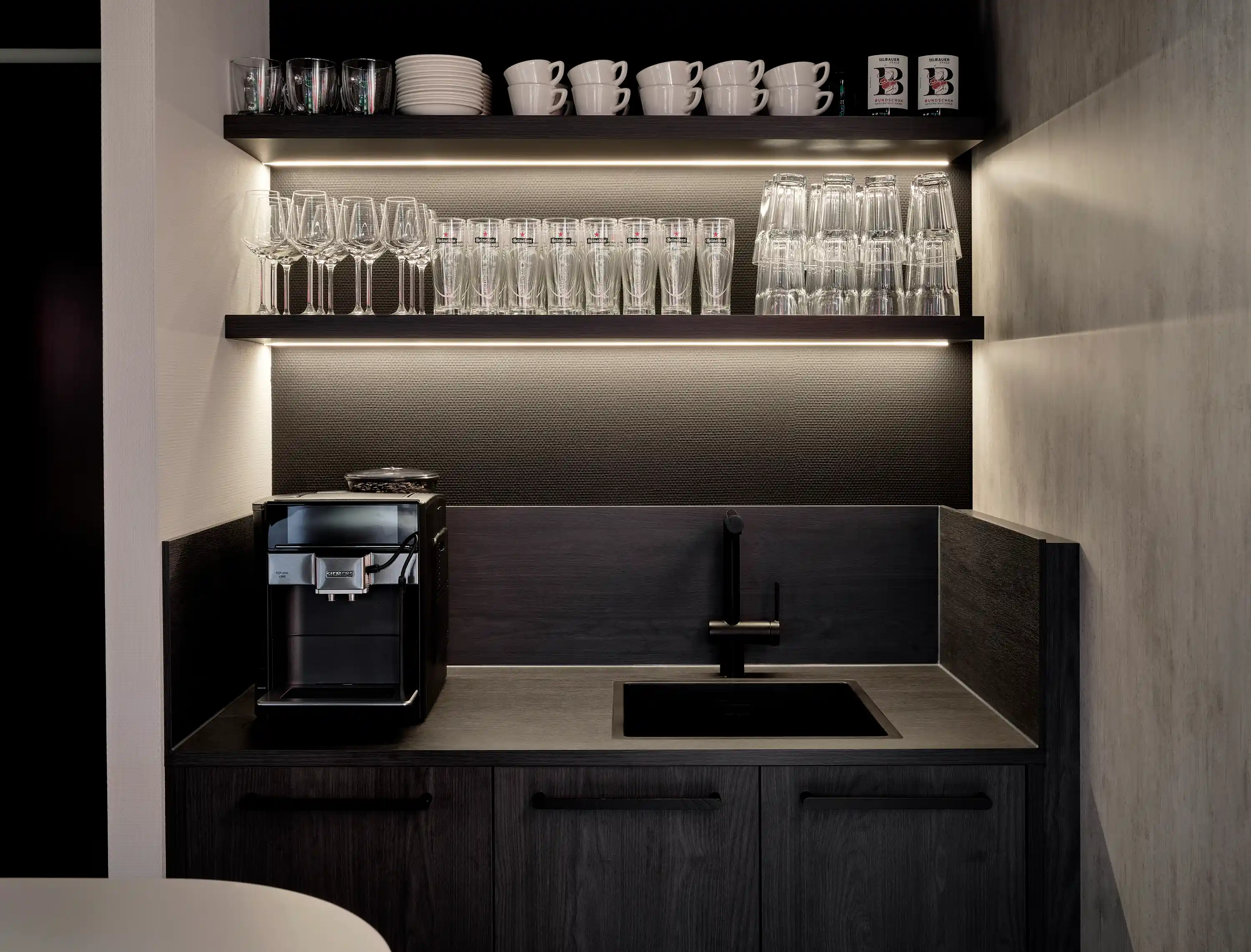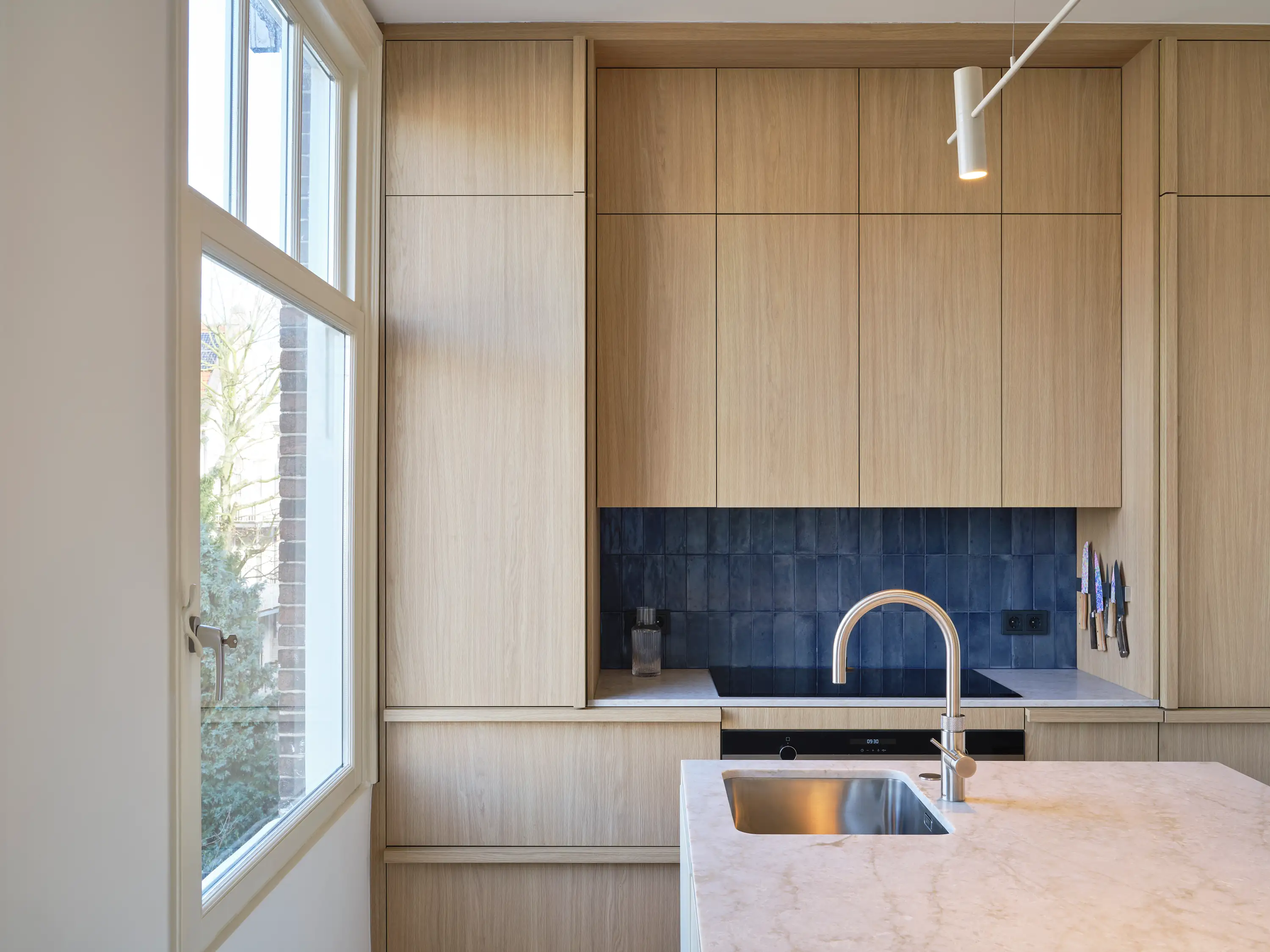How to choose the best finishing type for your wooden parts in 7 steps

Why do I need to add a finishing layer?
A finish is a layer of material that protects a wooden product from wear and tear. The finish can be applied directly to the wood or a thin coating on top of another layer of paint or varnish. Finishes are essential because they protect your wooden parts from damage, making them last longer and look better as time goes on. Many different types of finishes are available for other purposes, and you can find them below.
What is oiling, and how do I do it?
Oil is a finish used for centuries to protect the wood from the elements. It's one of the best ways to keep your wooden products looking great, and it's easy enough to apply yourself. Oil finishes are made up of two primary components: oil and wax. The oil protects the wood while allowing it to breathe; over time, this causes the surface of your piece to become slightly darker in colour and smoother in texture than when you first applied it. The oil comes in wide varieties - some are better suited for certain types of wood and product types than others - so make sure you know what kind will work best for your project before choosing. Some common oils include linseed oil (which dries quickly), Tung oil (which has a longer drying time), boiled linseed oil (which dries faster than regular linseed) and mineral spirits (for thinning).

What does varnishing mean?
Varnishing is a finish that gives your product a shiny, protective coat. It's often used on wooden furniture and other items that need to be durable and long-lasting. Varnishes come in many different types:
- Oil-based varnish
- Water-based varnish
- Polyurethane varnish
They can have different looks, which will change the appearance of your project. Below are the most common ones:
- Matte varnish
- Satin varnish
- Glossy varnish

You can read more about different varnish types and their use cases in this article.
Can I use paint to finish my wooden project?
Painting is the application of a liquid coating to solid surfaces. The most common paints are water-based, but many other types use different solvents, such as alcohol or oil. Painting has many advantages over other finishes: it's easy to apply and repair; it can be used on almost any surface; it's inexpensive compared with different finishing techniques; and you don't need special tools or skills to do it right!

How do I use Spray-paint?
Spray painting is a process used to apply paint to the wood. It allows you to create a smooth, even finish that dries quickly and looks great. The advantages of spray painting are:
- It's fast - you can get your project done in no time!
- You can achieve a high-quality finish with little effort or skill.
- It's easy on the environment; no solvents are used in this process.
The downside of spray painting is that it’s costly compared to roller painting, varnishing or oiling.

What is wood staining?
Staining is of the most popular to finish wood. It's also one of the easiest and most cost-effective ways to add colour to your project. Stains come in various colours, including natural shades like walnut or mahogany and vibrant hues like red or blue. Staining can be used on almost any type of wood, but it works best on softwoods like pine or fir because they absorb stain more easily than hardwoods such as maple or oak (which have a dense grain). However, if you're working with hardwoods, you may need multiple coats of stain before you achieve your desired colouration, and even then, some species might only accept staining.

How do I apply a polish?
Polishing is the process of removing a small amount of material from the surface of a wooden product. This removes any scratches and marks from sanding and provides a smooth finish. Polishing can be done by hand or with an electric polisher. Polishes come in many different types:
- Waxes protect wood against moisture but don't fill pores in the wood like oils do; they also offer little protection against dirt or stains. As a result, waxes are often applied as an afterthought after finishing with another type of polish (e.g., lacquer). They're more accessible than other finishes because they don't require any special equipment - rub them on!

Conclusion
In this article, we have discussed different types of finishes for wooden products. Choosing the right finish for your product is crucial because it will determine how long it lasts and how well it looks. If you want to know more, please get in touch with us via email, phone or chat.
We provide more information about finishing and sanding here.
Related articles:
What’s the best type of varnish for your wooden project?
Upload your design file and get a quote
within days
Quality production with trusted production network.



%20(1).webp)

.webp)









.webp)
